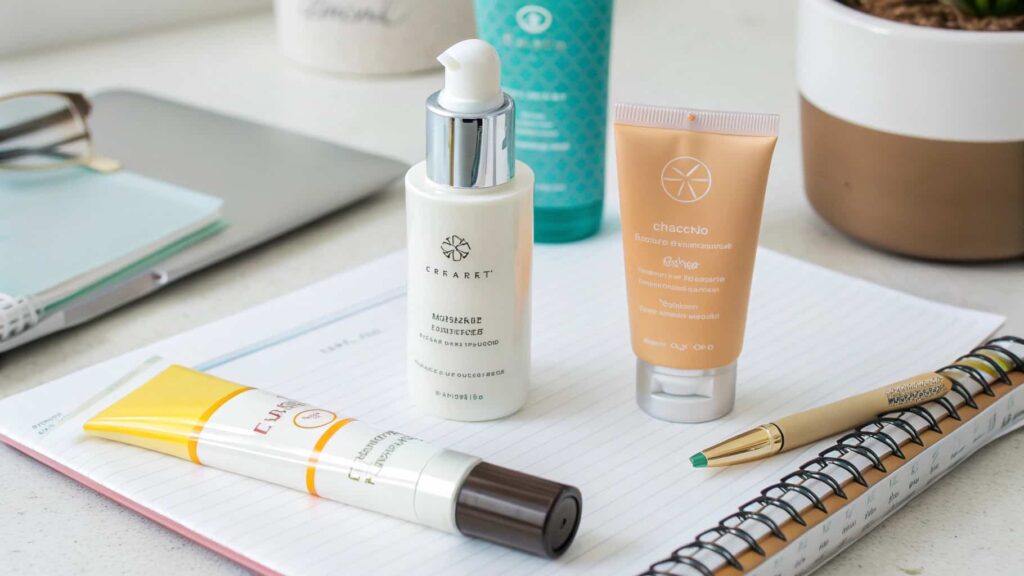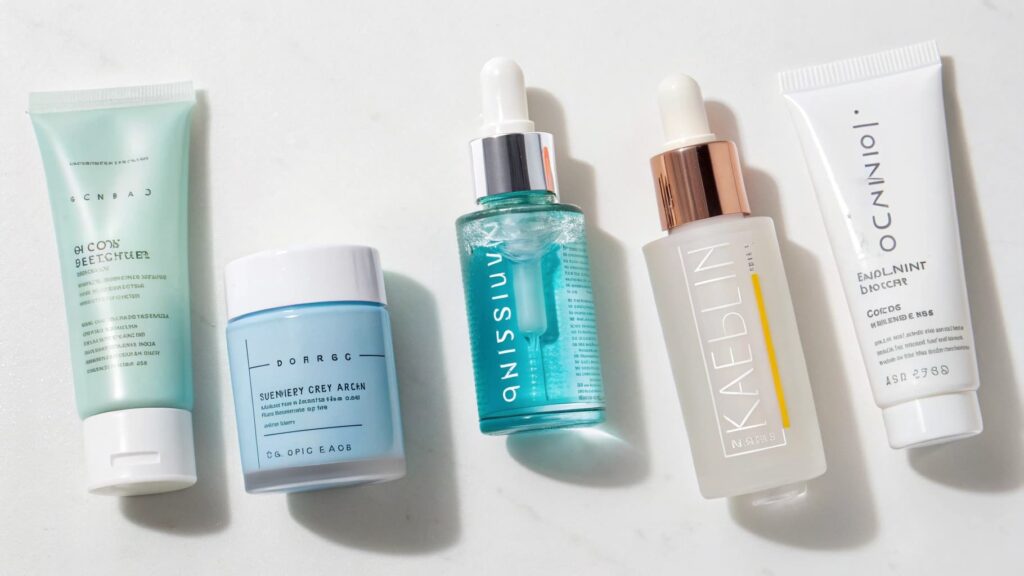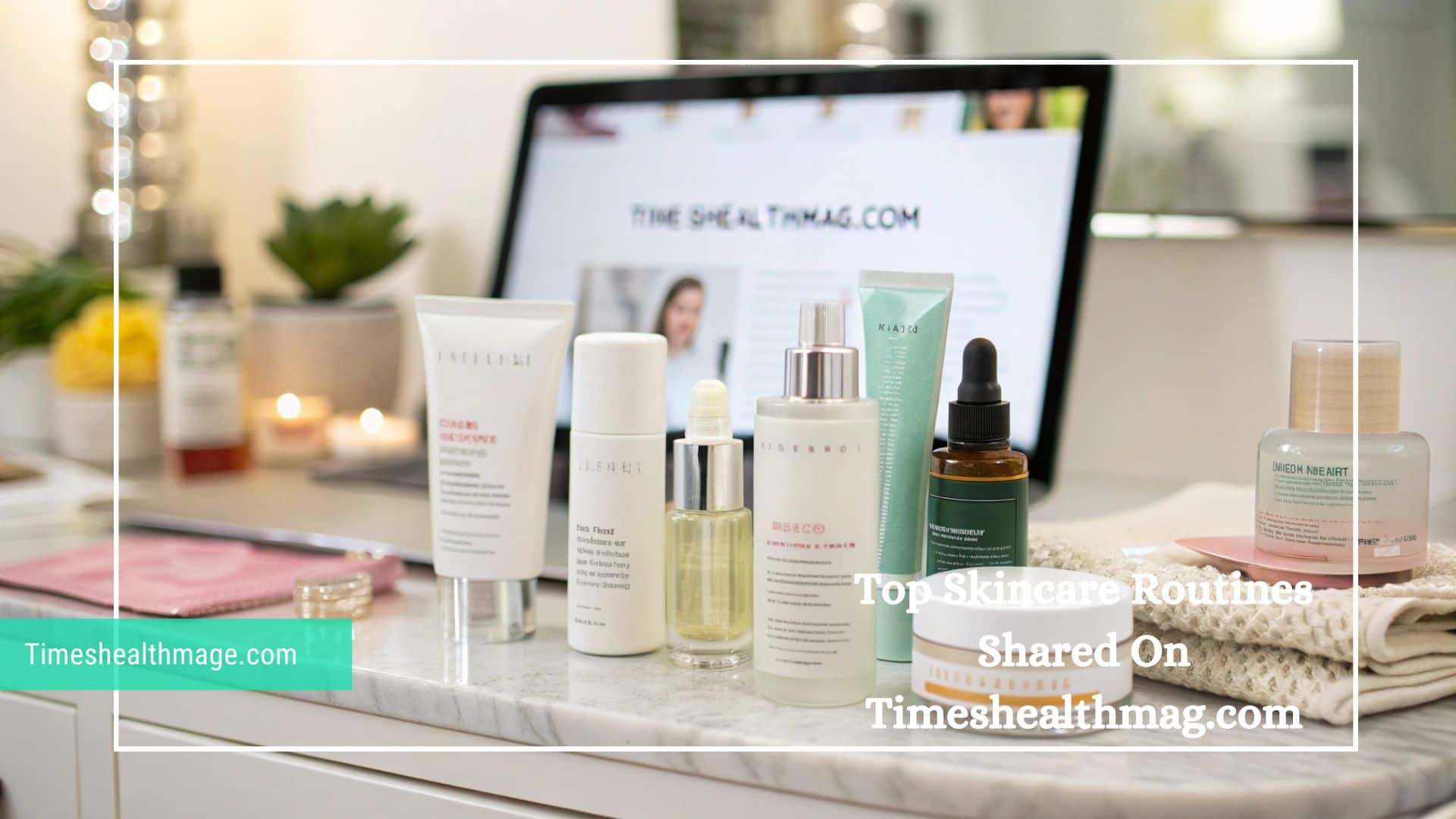Healthy skin doesn’t happen overnight—it takes the right habits, consistency, and expert-backed routines. One of the most trusted platforms where readers can discover Taking care of your skin is no longer just a luxury—it’s a vital part of your daily health. With rising concerns about pollution, stress, diet, and aging, more people are turning to reliable sources like Timeshealthmag.com for skincare advice. What makes this platform stand out?
It’s the way it blends expert insights with easy-to-follow routines for people from all walks of life. In this article, we’ll explore the top skincare routines shared on timeshealthmag.com, dig into their relevance for different skin types, highlight growing trends, and even guide you through personalized regimens backed by both science and simplicity.
What Makes Timeshealthmag.com A Trusted Skincare Destination?
Before diving into the routines, let’s take a quick look at what timeshealthmag.com actually offers. Known for its focus on wellness, beauty, and general health, the site has become a go-to source for readers seeking reliable skincare advice.

Here’s why it’s trustworthy:
- Expert Contributions: Content often reflects input from dermatologists, wellness coaches, and certified beauty professionals.
- Updated Frequently: Trends and health guidelines evolve—and so does their content.
- Broad Coverage: From skincare myths to in-depth product reviews and lifestyle integration, they touch every angle.
The top skincare routines shared on timeshealthmag.com aren’t just trendy—they’re sustainable and scientifically validated, making them ideal for beginners and pros alike.
Why You Need a Skincare Routine In 2025?
We live in a hyper-connected world. While that’s good for access, it’s bad for your skin. Increased screen time, air pollution, fluctuating diets, and stress all wreak havoc on your complexion. Your skin needs a regular, tailored plan to stay healthy and vibrant.
And it’s not just about vanity—your skin is your largest organ. Caring for it supports overall wellness, protects from infections, and even boosts self-esteem. That’s where curated routines like the top skincare routines shared on timeshealthmag.com come in—combining knowledge, habit, and personalization.
Top Skincare Routine As Featured In blog.timeshealthmag.com – A Step-by-Step!
Let’s dive into the essential steps inspired by the methods and advice commonly highlighted on blog.timeshealthmag.com and across dermatological guides.
Cleanser – Reset Your Skin
Clean skin is the foundation of every effective routine.
- Use morning and night
- Choose gel cleansers for oily skin and creamy ones for dry skin
Readers often discover on timeshealthmag com that double cleansing—especially at night—is particularly effective if you wear makeup or SPF.
Toner – Refresh and Balance
Although optional, toners can:
- Restore pH
- Tighten pores
- Prepare skin for deeper hydration
You’ll find experts on blog.timeshealthmag.com recommending toners with ingredients like rose water, green tea, and witch hazel for extra soothing.
Exfoliator – The Skin Smoother
Exfoliate 2–3 times weekly to:
- Remove dull, dead cells
- Prevent blackheads and texture buildup
A quick scroll through timeshealthmagcom reveals consistent advice: Avoid harsh scrubs. Instead, opt for chemical exfoliants like glycolic acid or salicylic acid.
Serums – Target What You Need
This step delivers concentrated active ingredients directly into the skin.
Use by concern:
- Brightening: Vitamin C in the morning.
- Hydration: Hyaluronic acid any time of day.
- Anti-aging: Retinol at night (start slowly).
If you’re unsure, the #timeshealthmag com content frequently suggests starting with a Vitamin C serum in the morning and retinol at night—applied on alternate days.
Spot Treatment – Fix Specific Issues
Whether it’s an unexpected breakout or a lingering dark spot, spot treatments help you act fast.
- Use after serum
- Only apply to the affected area
According to routines featured on blog.timeshealthmag.com, popular ingredients include benzoyl peroxide, tea tree oil, and azelaic acid.
Eye Cream – Say Goodbye to Puffiness
The delicate under-eye area needs care too.
- Reduces fine lines and dark circles
- Look for caffeine, peptides, or vitamin K
A common takeaway from timeshealthmagcom posts: You don’t need a fancy eye cream—technique and consistency matter more.
Moisturizer – The Hydration Lock
Moisturizing keeps your skin barrier intact and supports regeneration.

- Lightweight formulas for oily skin
- Rich creams for dry or mature skin
As noted on blog.timeshealthmag.com, even oily skin types shouldn’t skip moisturizers. Dehydrated oily skin can cause more breakouts.
Sunscreen – Your Daily Shield
Arguably the most important skincare step, sunscreen protects against premature aging and skin cancer.
- Use SPF 30+ every morning
- Reapply every 2 hours if outdoors
Articles found via #timeshealthmag com stress that no routine is complete without sunscreen—even if you’re indoors all day.
Optional Enhancers: Oils, Mists, and Masks
While not essential, these give your skin an extra boost.
Oils:
- Use jojoba or rosehip oils at night for extra glow
Mists:
- Spray mid-day for a quick refresh
Masks:
- Hydrating, clay-based, or brightening—once a week is plenty
Timeshealthmagcom tips often recommend these extras for skin emergencies or before special events.
What’s The Ideal Morning vs. Night Skincare Routine Breakdown?
Understanding the difference between morning and night skincare routines is key to getting the most out of your products. Morning routines focus on protection and prep for the day ahead, while night routines are designed to repair and restore your skin while you sleep. Here’s a clear and simplified breakdown to help you visualize each step:
| Step | Morning Routine | Night Routine |
|---|---|---|
| Cleanser | Refresh & prep skin | Remove dirt, oil, and makeup |
| Toner | Hydrate & balance | Soothe & prep the skin |
| Exfoliator | Optional (1–2x a week) | Use 2–3x a week |
| Serum | Vitamin C / Antioxidants | Retinol / Hyaluronic Acid |
| Spot Treatment | Target acne or dark spots | Same as morning |
| Eye Cream | Puffiness and brightening | Repair-focused, anti-aging formulas |
| Moisturizer | Lightweight and breathable | Heavier or overnight cream |
| Sunscreen | Always apply SPF 30+ | Not needed |
| Face Oil | Optional, especially for dry skin | Optional, adds extra overnight hydration |
Pro Tip: Stick with your routine consistently for at least 4–6 weeks to start seeing noticeable improvements. Personalization is key—feel free to tweak your products based on how your skin responds.
How Should You Adjust Your Skincare Routine Based on Your Skin Type? – Insights from Timeshealthmag.com!
No two skins are the same, and that’s why personalized care matters. One of the recurring themes in the top skincare routines shared on timeshealthmag.com is the emphasis on tailoring routines to match your specific skin type. Here’s how you can fine-tune your regimen accordingly:
- For Oily Skin: People with oily skin should gravitate toward lightweight, non-comedogenic products that don’t clog pores. Ingredients like salicylic acid are highly effective for keeping excess oil under control and preventing breakouts. A gel-based cleanser and an oil-free moisturizer can make a significant difference in maintaining balance.
- For Dry Skin: If you struggle with dryness or flakiness, hydration is your top priority. Creamy, nourishing cleansers that don’t strip the skin are essential. Look for moisturizers with rich textures and ingredients like hyaluronic acid, glycerin, and natural oils. Adding a facial oil at night can also enhance moisture retention.
- For Sensitive Skin: Sensitive skin requires a gentle approach. Avoid fragrances, alcohol-based products, and high concentrations of active ingredients like retinol or acids unless recommended by a dermatologist. Instead, focus on calming agents such as centella asiatica, aloe vera, oat extract, and ceramides to support your skin’s natural barrier.
- For Combination Skin: This skin type needs strategic care. You may have an oily T-zone and dry cheeks, so it’s best to mix product types—use a gel-based cleanser or toner for oilier areas and creamier, hydrating products for drier patches. Alternating actives in different zones or on different days is also a smart way to balance skin health.
These tailored adjustments are aligned with the expert-driven guidance frequently emphasized on timeshealthmag.com, helping readers build routines that work with their skin—not against it.
What’s Trending in Skin Care According to Timeshealthmag.com?
Skincare trends are constantly changing, and timeshealthmag.com does a great job highlighting what really matters. One big trend is “skinimalism”—keeping routines simple with fewer, high-quality products. Skin cycling is also getting popular, where you rotate strong ingredients like retinol and exfoliants to avoid irritation.

People are paying more attention to the skin barrier, using calming ingredients like ceramides and niacinamide. Blue light protection is another growing trend, as more users look for products that protect against screen damage. And lastly, readers are becoming smarter—checking ingredients first instead of just following brand hype.
Stay In Touch With Timeshealthmag.com For Skincare Updates
If you want to keep learning about top skincare routines shared on timeshealthmag.com, here’s how you can stay connected:
Subscribe to their newsletter for weekly wellness content.
Read expert articles that break down skincare science in simple terms.
Follow their social media for new routine tips, product reviews, and skincare myths.
Check their site regularly to catch seasonal skincare advice.
FAQs:
Should I use sunscreen even if I stay indoors?
Yes, daily sunscreen is crucial even indoors because UVA rays and blue light can penetrate windows. Sunscreen protects against premature aging, hyperpigmentation, and long-term skin damage. Go for SPF 30+ with broad-spectrum coverage. Apply every morning as the last skincare step.
Can I skip toner in my skincare routine?
Yes, toner is an optional step depending on your skin’s needs. If your cleanser is gentle and your skin feels balanced, you may not need it. However, hydrating or exfoliating toners can enhance product absorption. Choose alcohol-free formulas for a soothing effect.
Is it safe to use retinol every night?
Retinol is powerful and can be used nightly only if your skin tolerates it well. Beginners should start with 2–3 times per week and increase gradually. Always apply it at night and follow with moisturizer. Avoid mixing it with exfoliants or Vitamin C unless advised by a pro.
Can face oils be used on oily or acne-prone skin?
Yes, but choose non-comedogenic oils like jojoba or squalane. These can help regulate sebum production and calm inflammation. Avoid thick oils like coconut oil, which may clog pores. Use oils as the last step in your routine, especially at night.
How long before I see results from a new skincare routine?
Visible improvements usually take 4–8 weeks of consistent use. Some ingredients like retinol or niacinamide may take even longer to show results. Be patient and avoid introducing multiple new products at once. Stick with your routine unless irritation or breakouts occur.
Final Thoughts:
Healthy skin isn’t a luxury—it’s a commitment. With the right guidance, you don’t need to buy expensive products or follow 12-step routines. You just need consistency, trusted resources like timeshealthmag.com, and a little self-awareness of what your skin needs.
The top skincare routines shared on timeshealthmag.com show us that less is more, personalization matters, and skin health is deeply connected to overall wellness. Start with the basics, build from there, and keep your habits strong.
Aslo Read:


Leave a Reply